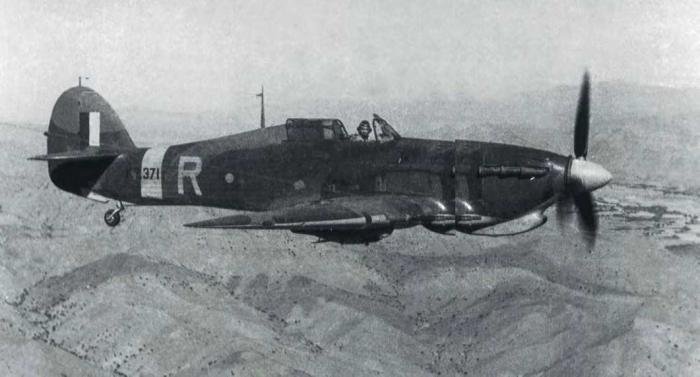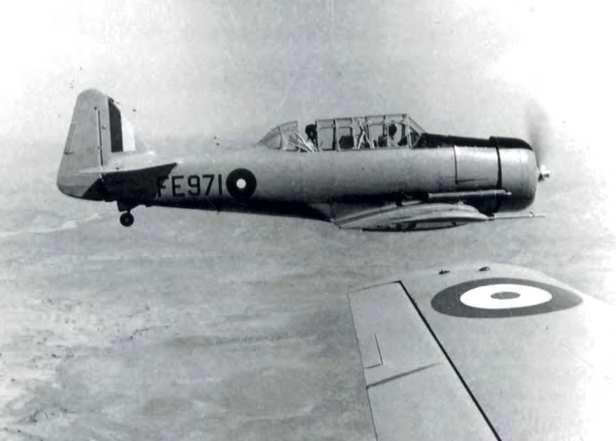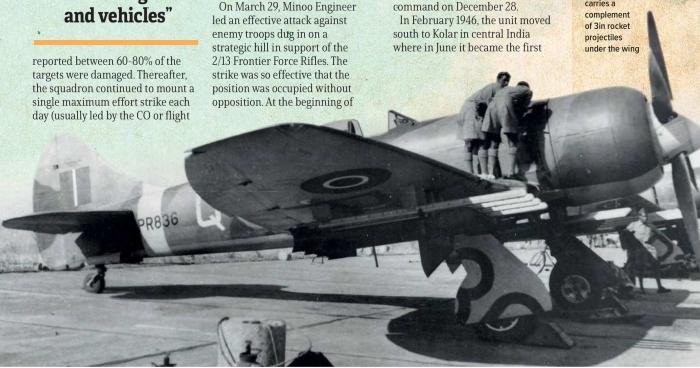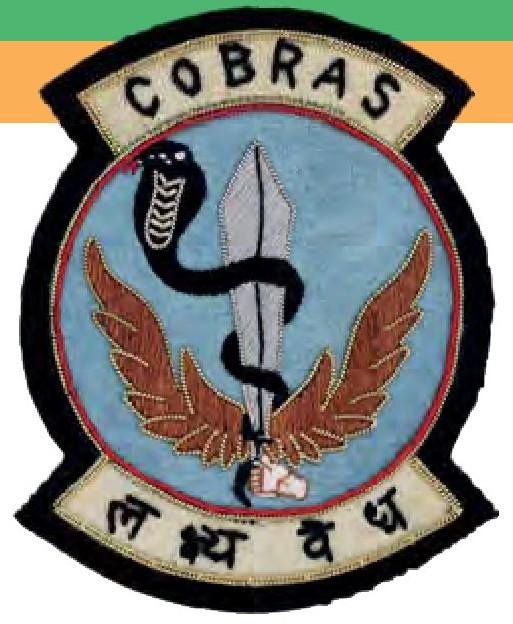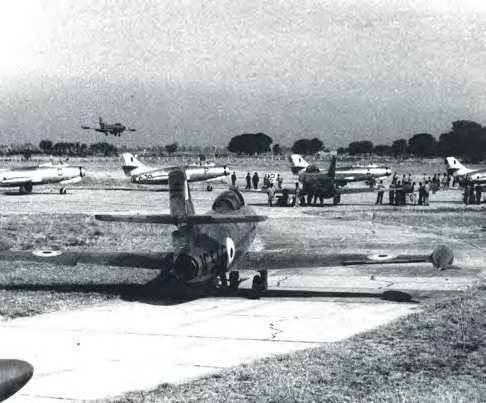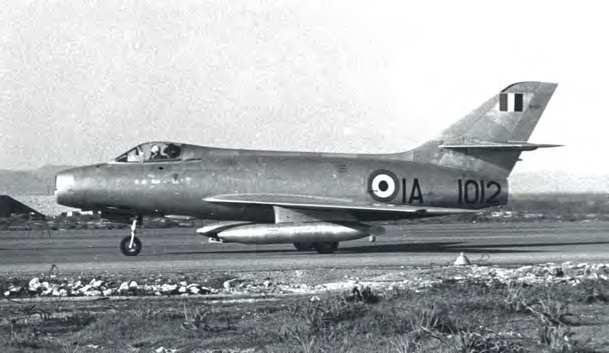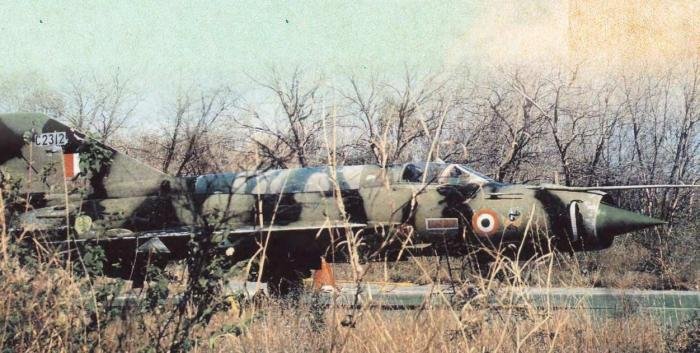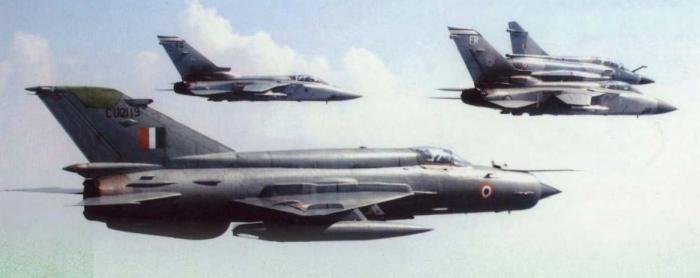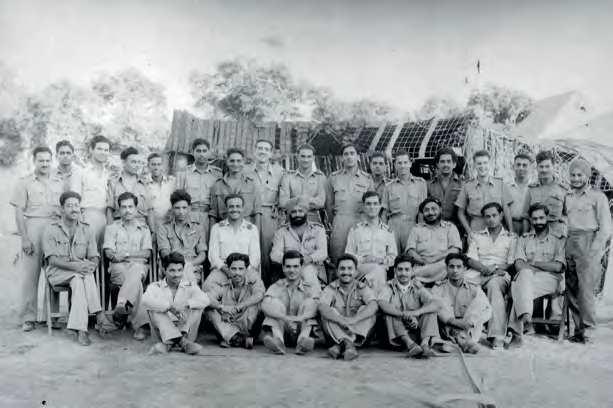GatlingGun
Full Member
- Feb 9, 2024
- 517
- 565
- Country of Origin

- Country of Residence

@DDG-80 @samejjangir @Guru Dutt @indushek @Archie @GatlingGun @Pingle @MirageBlue
Anything like this exists for IAF, with squadron numbers and airframe silhouettes? Atleast for the Pakistan facing bases..
4 years old. So some mig21 sqdrns might've been replaced by either moving around SU30 or mig29.
Last edited:









